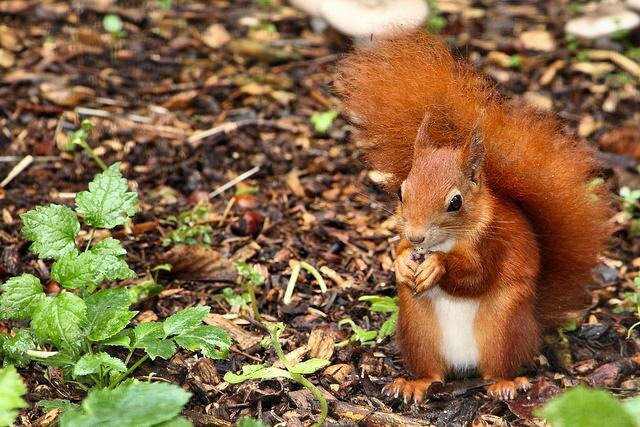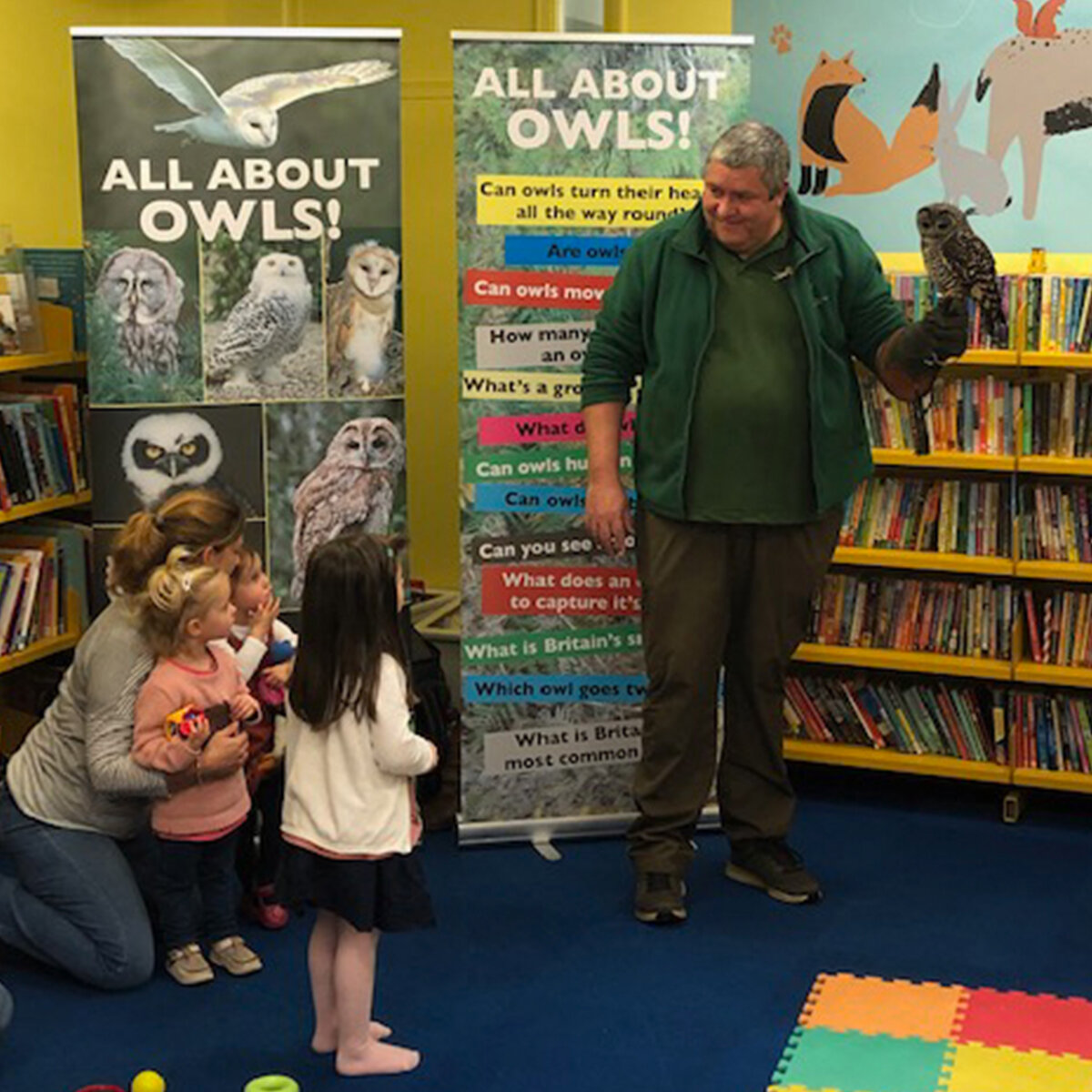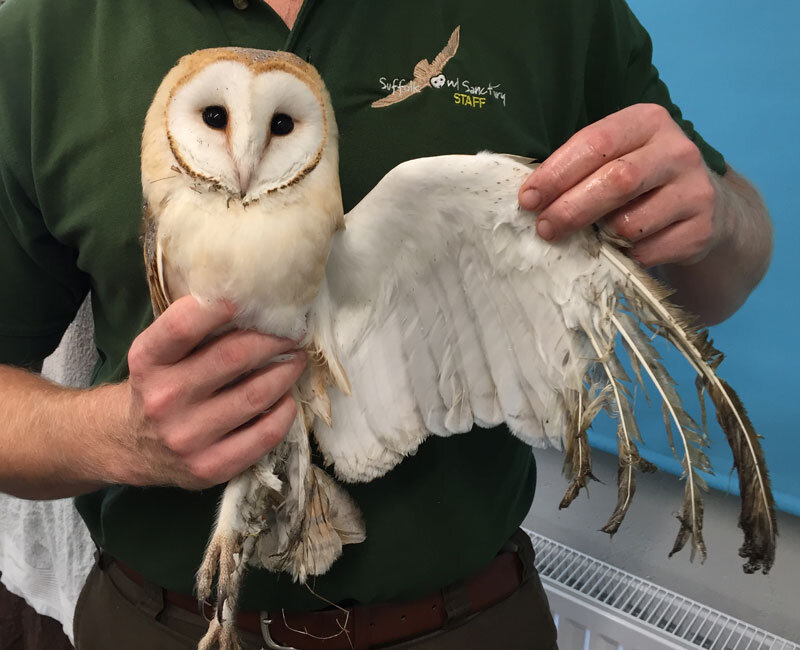This soggy little owl was found in a ditch a few weeks ago. Usually in these instances we assume injury of sorts that is preventing the owl from flying - occasionally becoming wet causes them to become grounded too - so you can imagine our surprise that when we examined her, we found her to simply be extremely obese!
Upon weighing her, she was a rather chunky 245g (which is roughly a third heaver than a large healthy female little owl) and she was unable to fly effectively due to the fatty deposits around her body.
This is extremely unusual for wild birds to get into this condition naturally, so we needed to investigate some obvious scenarios - the first being that she was possibly an escaped aviary bird. Sadly there was no indication of rings or chip identification, and asking around in the local area didn’t give us any leads.
We therefore decided to observe the bird over a period of weeks for signs of a life in captivity. Familiarity with common foods used in aviaries such as bright yellow chicks (which won’t often be found naturally in the English countryside) are a telltale sign. Luckily for her, there were no giveaway signs as she was readily taking more wild food types such as dark mice, so we are confident this may just be an unusual case of natural obesity! After further investigation, we also found that the area where she was rescued was crawling with field mice and voles due to the warm and wet winter we experienced in December.
She has since spent a few weeks with us under observation and been placed on a strict diet. We can now happily say she has trimmed down by 20-30g to a more natural weight for release.
Update: Check out her release here
Update: Later nicknamed ‘Plump’, news of this little internet sensation spanned the globe from America to Ghana, India to Croatia, Poland to Australia, Romania to Taiwan, and New Zealand to Kenya! She made headlines in major national and global news sources, as well as hundreds of local news outlets. What a little star!




















































